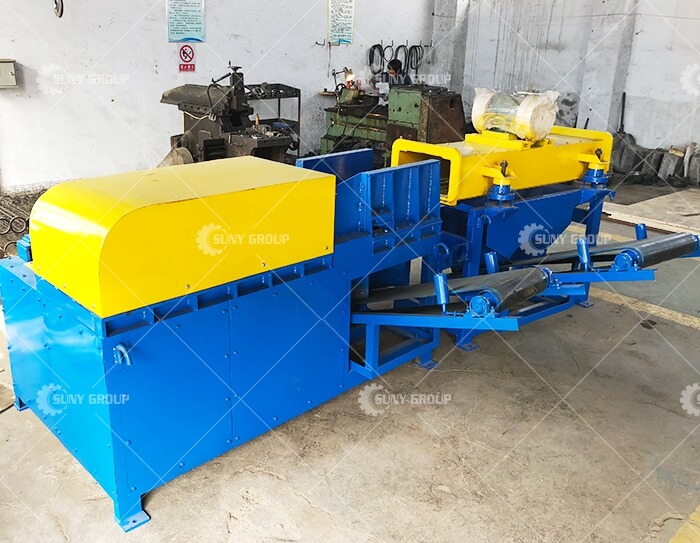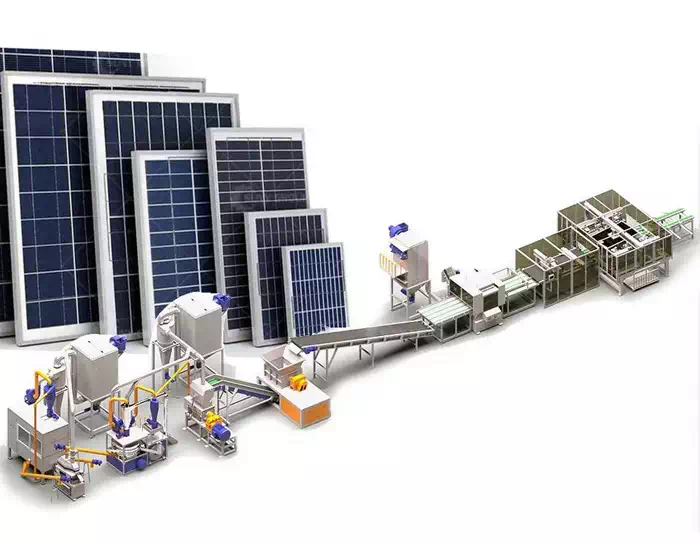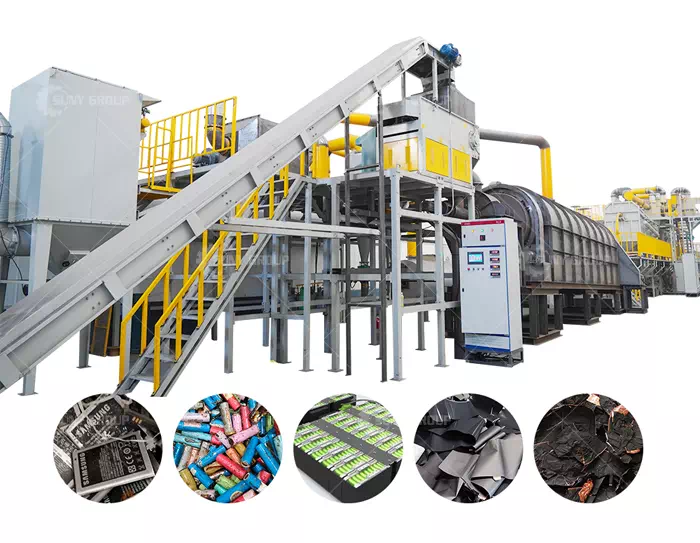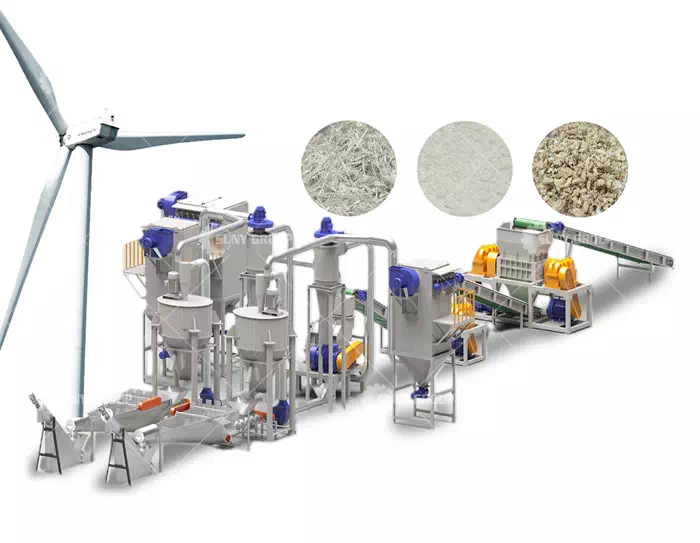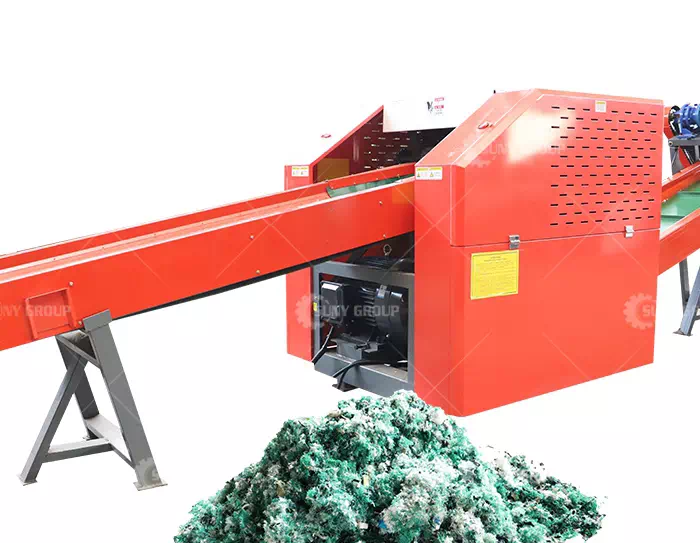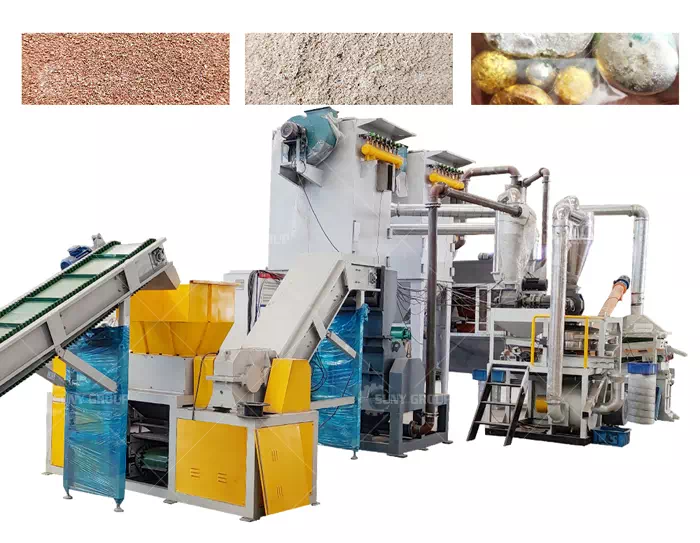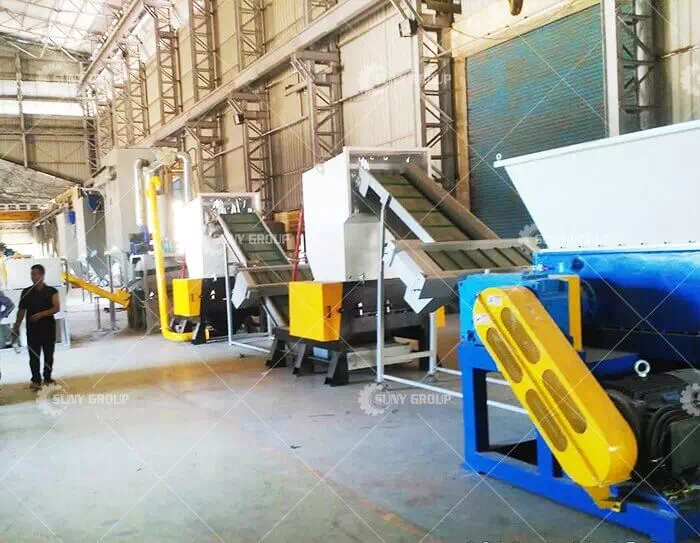Current Situation and Technology of Recycling and Utilization of Waste Lead-acid Battery
1. Status of recycling and utilization of waste lead-acid batteries
The production of waste lead-acid batteries has developed rapidly. With the continuous expansion of the application field of lead-acid batteries in my country, such batteries have begun to be used in automobiles, electric vehicles, and communications, resulting in an increasing demand for lead-acid batteries. It further promoted the expansion of the production capacity of lead-acid batteries and promoted the sustainable development of the lead-acid battery production industry. With the rapid development of the lead-acid battery industry, a large number of waste lead-acid batteries are produced every year, and it is also a arduous task to deal with these large and increasing lead-acid batteries, especially the treatment of them. Environmentally friendly treatment, reducing the pollution of these batteries to the environment. In the recycling and utilization of waste lead-acid batteries, the recycling efficiency of waste lead-acid batteries in my country is low, and it is difficult to achieve ideal results.
Second, the recycling method of waste lead-acid batteries
In the recycling technology of waste lead-acid batteries, the fire method is currently used more, but the high temperature method of fire method not only requires high equipment, but also easily generates dust during the treatment process. Therefore, enterprises are using fire method to treat waste lead. The acid battery needs to spend more money on equipment investment.
However, the more promising wet process requires continuous technological improvement and development due to its low treatment efficiency, so as to improve the treatment efficiency of waste lead-acid batteries by the wet process.
3. Waste lead recycling technology for waste lead-acid batteries
The waste lead recovery technology for waste lead-acid batteries is generally divided into three types: pyrometallurgy process, hydrometallurgy process, and solid-phase electrolysis process.
1. Pyrometallurgy process
Reduction smelting is mainly used for pyrolysis of waste lead-acid batteries. In addition to reducing agents, fluxes such as iron filings, sodium carbonate, limestone, quartz and fluorite can also be added to the smelting process.
2. Hydrometallurgy process
The battery fragments obtained after dismantling and pretreatment of waste lead-acid batteries are a mixture of metal lead, lead oxides, lead salts and other metals such as copper, silver, and arsenic.
Hydrometallurgical technology, also known as electrolysis, selectively reduces all lead compounds in battery fragments to metallic lead by the action of electricity. Its main feature is that there is no waste gas and waste residue in the smelting process, and the recovery rate of lead can reach 95~97%.
The working principle of the hydrometallurgical technology is to add a reducing agent to the solution, and the reducing agent in the lead reduction process can be configured with iron and steel pickling wastewater to achieve the purpose of "using waste to treat waste".
3. Solid-phase electrolysis process
The solid-phase electrolysis process uses sodium hydroxide aqueous solution as the electrolyte, the cathode and anode are made of stainless steel plates, and the solid-phase leaded substance molecules in the lead paste during electrolysis are used to obtain electrons from the cathode surface and reduce to metallic lead.
The above is a brief introduction to the current situation and process of recycling waste lead-acid batteries. Waste lead-acid batteries have high lead content, and their recycling has strong economic and environmental benefits.
Recommend products
CONTACT US:
If you have any requirement or suggestion, please fill in the form and send to us, thanks!E-mail:sunymachine@gmail.com | Whatsapp:+8613674945231


